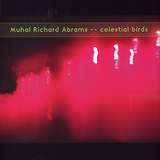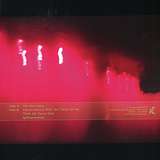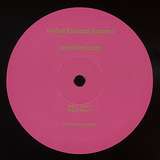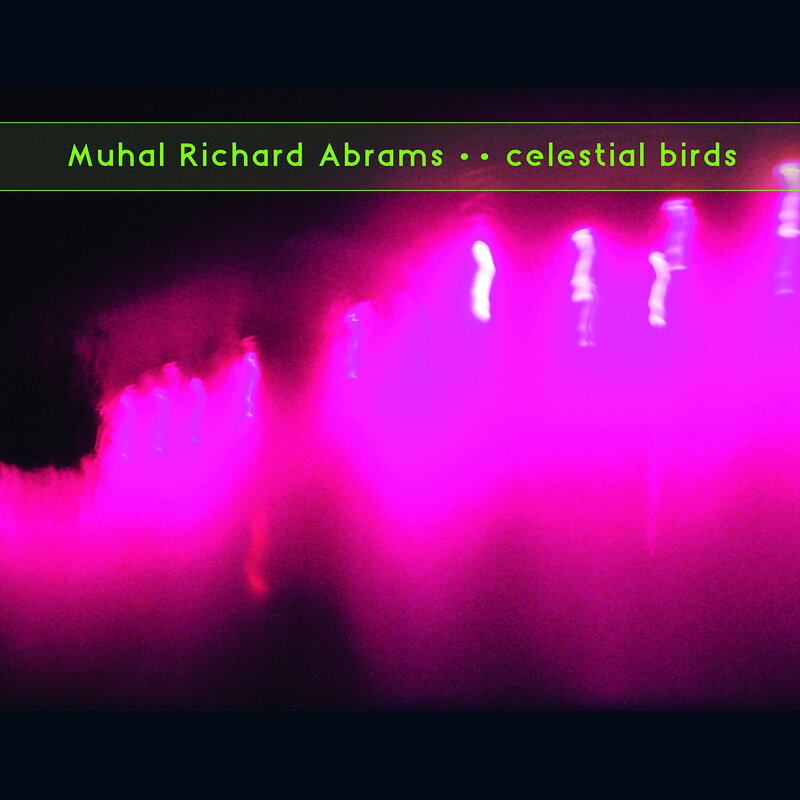Muhal Richard Abrams: Celestial Birds
Outstanding, brilliant compilation combining avantgarde Jazz & distinct electronic compositions
Anybody interested in jazz knows that Chicago has always been an impressive hot spot for new talents – and still is. One essential landmark in the history and development of jazz was the founding of the AACM (Association for the Advancement of Creative Musicians) in May 1965. This non-profit organization was a melting pot (and starting point) for artists like ANTHONY BRAXTON, ROSCOE MITCHELL, GEORGE LEWIS or LESTER BOWIE and his ART ENSEMBLE OF CHICAGO but one of its actual founding members is known only to the deep connaisseurs: MUHAL RICHARD ABRAMS (1930 – 2017). The autodidact pianist and composer left music school and university, deciding to learn music by himself.
From 1961 on, the EXPERIMENTAL BAND was his first ensemble, but it soon turned out that ABRAMS‘ interests went beyond jazz and that he was open to the avant-garde and new music and most of all: electronic music. Which led to a double problem: On the one hand, black musicians had almost no access to the rare electronic music studios located in and funded by universities or broadcasting corporations. On the other hand, there were strong reservations regarding electronic music in the black music community. In his important book “A Power Stranger Than Itself – The AACM and American Experimental Music” GEORGE LEWIS writes that “the use of electronics … proved controversial and widely misunderstood in a world of jazz in which acoustic instruments became conflated with musical, and eventually, cultural and even racial authenticity.” ABRAMS‘ response was to actually „hide“ his electronic pieces on the B-sides of his albums, and this compilation focuses on some of his best electronic experiments: the 22-minute long epic „The Bird Song“ from 1968 in its original version incl. the reverb that was removed on the later CD reissue on DELMARK, the synthesizer compositions „Conversations With The Three Of Me” (1989) and “Think All, Focus One” 1995) plus “ Spihumonesty” (1980) with a 2nd synthesizer played by GEORGE LEWIS and YOUSEF YANCEY on theremin.
Muhal Richard Abrams: Celestial Birds
Outstanding, brilliant compilation combining avantgarde Jazz & distinct electronic compositions
| The Bird Song | 22:39 | AIFF € 2.50MP3 € 1.75 |
| Conversations with the Three of Me | 5:46 | AIFF € 1.75MP3 € 1.25 |
| Think All, Focus One | 5:36 | AIFF € 1.75MP3 € 1.25 |
| Spihumonesty | 7:54 | AIFF € 1.75MP3 € 1.25 |
Anybody interested in jazz knows that Chicago has always been an impressive hot spot for new talents – and still is. One essential landmark in the history and development of jazz was the founding of the AACM (Association for the Advancement of Creative Musicians) in May 1965. This non-profit organization was a melting pot (and starting point) for artists like ANTHONY BRAXTON, ROSCOE MITCHELL, GEORGE LEWIS or LESTER BOWIE and his ART ENSEMBLE OF CHICAGO but one of its actual founding members is known only to the deep connaisseurs: MUHAL RICHARD ABRAMS (1930 – 2017). The autodidact pianist and composer left music school and university, deciding to learn music by himself.
From 1961 on, the EXPERIMENTAL BAND was his first ensemble, but it soon turned out that ABRAMS‘ interests went beyond jazz and that he was open to the avant-garde and new music and most of all: electronic music. Which led to a double problem: On the one hand, black musicians had almost no access to the rare electronic music studios located in and funded by universities or broadcasting corporations. On the other hand, there were strong reservations regarding electronic music in the black music community. In his important book “A Power Stranger Than Itself – The AACM and American Experimental Music” GEORGE LEWIS writes that “the use of electronics … proved controversial and widely misunderstood in a world of jazz in which acoustic instruments became conflated with musical, and eventually, cultural and even racial authenticity.” ABRAMS‘ response was to actually „hide“ his electronic pieces on the B-sides of his albums, and this compilation focuses on some of his best electronic experiments: the 22-minute long epic „The Bird Song“ from 1968 in its original version incl. the reverb that was removed on the later CD reissue on DELMARK, the synthesizer compositions „Conversations With The Three Of Me” (1989) and “Think All, Focus One” 1995) plus “ Spihumonesty” (1980) with a 2nd synthesizer played by GEORGE LEWIS and YOUSEF YANCEY on theremin.




